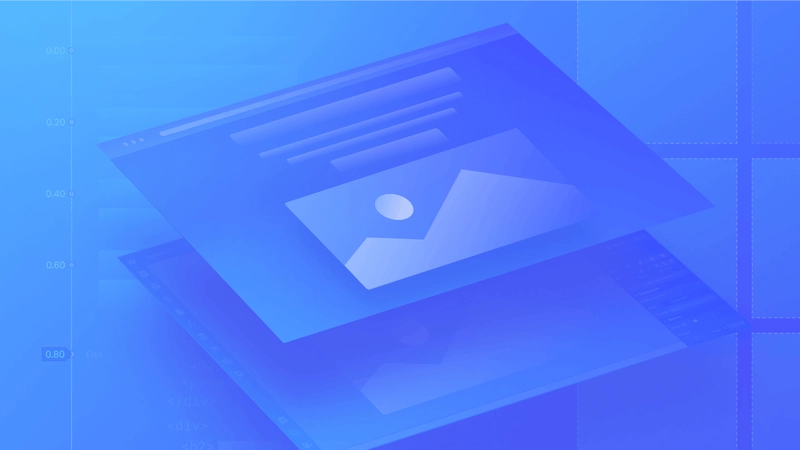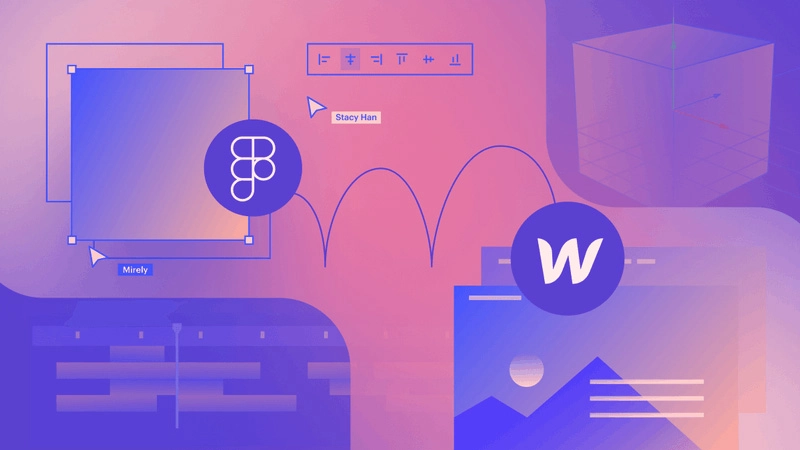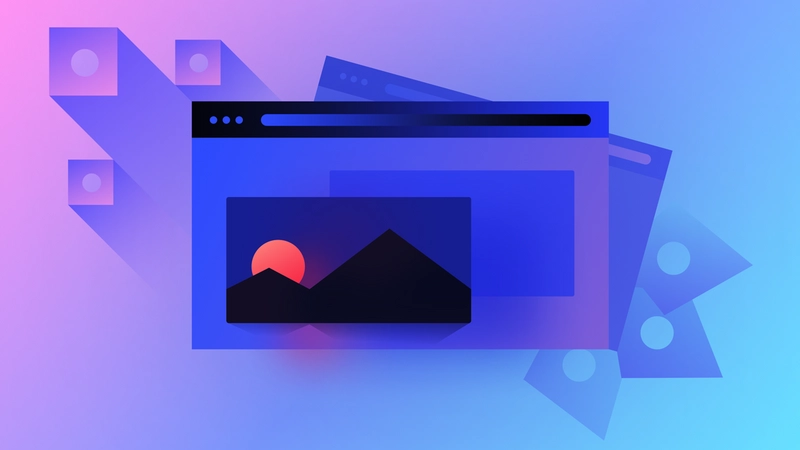Table Of Contents
Beer label design plays a crucial role in attracting customers and standing out in a saturated market. With countless breweries competing for attention, a unique and visually appealing label can make all the difference. This article explores the importance of beer label design, the elements that contribute to its success, the process of creating a design, and provides case studies of successful beer label designs. It also touches on legal considerations that brewers need to be aware of when designing their labels.
The Importance of Beer Label Design
Beer label design goes beyond just visually representing a brand. It serves as a powerful marketing tool that can convey the brand's story and values, differentiate it from competitors, and attract consumers. A well-designed label can pique curiosity, entice potential customers to pick up the beer bottle, and ultimately influence their purchasing decisions.
When it comes to beer label design, every detail matters. From the choice of colours to the typography used, each element plays a role in creating a visually appealing and impactful label. Breweries carefully consider the message they want to convey and the emotions they want to evoke through their labels.
One important aspect of beer label design is storytelling. A label can tell the story of the brewery, it's history, and the inspiration behind the beer. This storytelling aspect adds depth to the brand and creates a connection with consumers. It allows beer enthusiasts to feel a sense of attachment to the brand and its products, often creating loyal brand-advocates.
Label Design in Marketing
Label design is an integral part of a brewery's overall marketing strategy. It's the first point of contact between the consumer and the brand, providing an opportunity for the brewery to make a memorable first impression. A well-executed label design should catch the eye and instantly create brand recognition, evoke emotions, and establish a connection with the desired target audience.
When designing a beer label, breweries consider various marketing factors. They analyse their specific target market, the competition, and the overall brand positioning. This research helps them create a label that not only appeals to their target audience but also stands out from the crowd.
Moreover, label design goes hand in hand with packaging design. Breweries carefully consider how the label will look on the bottle or can, ensuring that it complements the overall packaging and enhances the consumer's experience. From the texture of the label to the shape of the bottle, every tiny detail is meticulously planned to create a cohesive and visually appealing product.
How Unique Labelling Can Set Your Beer Apart
In a crowded market, standing out is crucial. A unique label design for beer can set a brew apart from the competition and make it easily recognisable. By combining bold colours, eye-catching typography, and innovative imagery, breweries can create labels that capture attention and leave a lasting impression on consumers.
One strategy breweries often employ is collaborating with talented artists and or a graphic designer to create one-of-a-kind labels. These collaborations not only result in visually stunning designs but also help support the local art and design community. By showcasing unique artwork on their labels, breweries can create a sense of exclusivity and artistry around their brand.
Furthermore, a unique label can also serve as a conversation starter. When consumers notice an interesting label, they are more likely to share it with others, sparking conversations about the beer and the brand. This word-of-mouth marketing can significantly increase brand awareness and attract new customers.
Overall, beer label design plays a vital role in the success of a brewery. It is not just about aesthetics but also about effectively communicating the brand's values, creating an emotional connection with consumers, and standing out in a competitive market. So, the next time you reach for a beer, take a moment to appreciate the thought and creativity that went into designing its label.

Making a Successful Beer Label Design
A successful beer label design requires careful consideration of various elements that work together to create an impactful visual representation of the brand.
When it comes to beer label design, there are several additional factors to consider that can elevate the overall appeal and effectiveness of the label. Along with choosing a professional graphic designer, some others factors are:
How to Choose the Right Colours
Colour plays a vital role in label design. Different colours evoke different emotions and can affect how consumers perceive a product. Whether it's using warm, inviting colours for a traditional beer or vibrant, bold colours for a craft brew, selecting the right brand colour palette can help convey the beer's personality and attract the desired beer drinker.
For example, warm earth tones like deep amber or rich brown can evoke a sense of tradition and craftsmanship, perfect for a classic beer. On the other hand, bright and energetic colours like vibrant greens or bright hues can capture the attention of adventurous craft beer enthusiasts.
Typography and Its Impact on Design
The choice of typography can greatly impact how a beer label is perceived. Fonts can communicate a sense of elegance, playfulness, or authenticity, among other qualities. Breweries should choose fonts that align with their brand identity and ensure that the typography is legible, even when the label is viewed from a distance on a store shelf.
Consider the use of a bold and contemporary font for a modern and edgy craft beer, or a more traditional and elegant font for a classic and refined brew. The typography should not only reflect the beer's personality but also be easy to read and distinguish, ensuring that potential customers can quickly identify the brand and product.
Use of Imagery and Icons
A well-chosen image, illustration or icons can instantly convey the essence of a beer and capture consumers' attention. Whether it's a scenic landscape, an animal symbolising strength, or an abstract illustration, imagery can help create a visual narrative that connects with consumers on an emotional level.
For instance, a beer label featuring a picturesque mountain range can evoke a sense of adventure and the great outdoors, appealing to nature enthusiasts and adventure seekers. On the other hand, an abstract illustration with vibrant colours and intriguing shapes can spark curiosity and attract those looking for unique and innovative brews.
Icons are another powerful tool in beer label design. They can be used to represent key ingredients, brewing techniques, or even flavour profiles. A hop cone icon can immediately convey that the beer is hop-forward, while a wheat icon can indicate a refreshing wheat beer. These visual cues help consumers quickly understand what to expect from the beer, making it easier for them to make a purchasing decision.
By carefully considering the use of imagery and icons, breweries can create beer labels that not only catch the eye but also tell a story and create a connection with consumers.

Process of Creating a Beer Label Design
Designing a beer label involves a creative and iterative process that allows brewers to refine their ideas and create a visually striking final product. But what exactly goes into this process? Let's dive deeper into the steps involved in creating a beer brand design.
Brainstorming Designs
The first step in creating a beer label design is brainstorming. Brewers should consider their brand's personality, their target audience, and the story they want to tell through their label. This brainstorming session is an opportunity to explore different concepts and gather inspiration from various sources. Not sure where to start? Check out these Awesome Beer Designs for Inspiration.
During this phase, brewers may create mood boards, collect images, and study other successful beer labels in the market. By immersing themselves in the world of design, they can start shaping their vision for the label.
Digitalising Your Ideas
Once the initial concepts are formed, brewers can begin sketching and digitalising their ideas. This stage allows them to experiment with different layouts, typography, and imagery. Sketching provides a hands-on approach to visualising the label design and exploring different possibilities.
After sketching, brewers can move on to digital platforms to refine their designs further. Using graphic design software, they can recreate their sketches digitally, adding more details and experimenting with different colour schemes. This digitalisation process helps brewers get a clearer picture of how their label will look in its final form. A good graphic designer can also create a 'beer mockup' of your design to create an even more realistic beer prototype.
If you're on a budget why not try Beer Labelizer it's a free tool that can allow you to quickly come up with basic beer labels designs.
Testing and Finalising Your Design
Before printing labels in large quantities, it's crucial to test the design. Mock-ups and small-scale printings allow brewers to evaluate how the label appears on a bottle and how it stands out on store shelves. This testing phase is an opportunity to make any necessary adjustments and ensure that the label meets the desired aesthetic and branding goals.
Feedback from a focus group or target audience can provide valuable insights that help finalise the design. By gathering feedback from potential consumers, brewers can ensure that their label resonates with their target market and effectively communicates the essence of their beer. Did somebody say free beer!?
Creating a beer design is a meticulous and creative process that requires careful consideration of various elements. From brainstorming to testing, each step contributes to the overall success of the label. By investing time and effort into this process, brewers and designers can create a visually captivating label that not only represents their brand but also entices consumers to grab their beer straight off the shelf.
Case Studies of Successful Beer Label Designs
Examining successful beer label designs can provide inspiration and insight into what works in the industry.
How Established Brands Use Label Design
Established beer brands often have a loyal customer base, and their label designs play a significant role in maintaining brand recognition and consumer loyalty. These brands often rely on consistent branding elements, such as logos and colour schemes, while continually evolving their designs to stay relevant.
Innovative Label Designs from Craft Breweries
Craft breweries, on the other hand, have the freedom to experiment and push boundaries with their label designs. These breweries often employ unique illustrations, creative use of typography, and unconventional label materials to capture the essence of their craft and cater to a niche audience.
Legal Considerations for Beer Label Design
While designing an eye-catching label is essential, breweries must also navigate legal considerations to ensure compliance in their local area.
Understanding Alcohol Labelling Regulations
Alcohol labelling regulations vary by country and region. Brewers must familiarise themselves with the specific requirements regarding ingredient listing, alcohol content, and warning statements to avoid any legal issues. Check the Labelling of Alcoholic Beverages standards for more information.
Potential Copyright and Trademark Considerations
Breweries should also be mindful of copyright and trademark considerations when designing their labels. It's crucial to ensure that the design does not infringe on any existing intellectual property rights and to consult legal professionals if needed.
Finishing Touches of Beer Label Design
In conclusion, the design of a beer label plays a significant role in the success of a brand. By understanding the importance of label design, considering the elements that contribute to its success, following a creative process, and being aware of legal considerations, breweries can create unique and impactful labels that stand out in the market. With careful attention to details and a commitment to capturing the essence of their brand, breweries can maximise the impact of their beer label designs.
If you or someone you know is after a refreshed identity for their beer brand, please get in touch!








